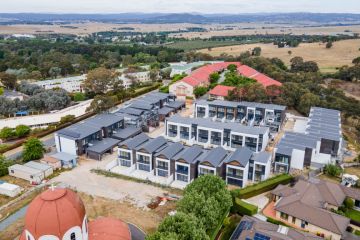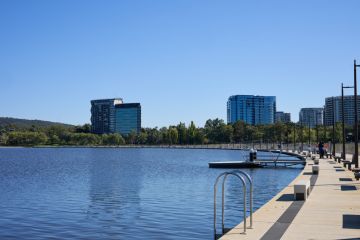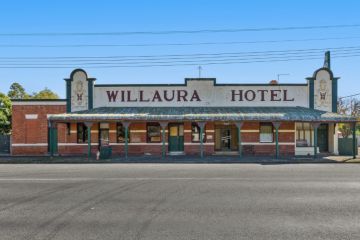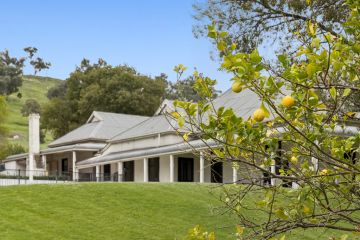Love Your Garden: An ode to native grasses
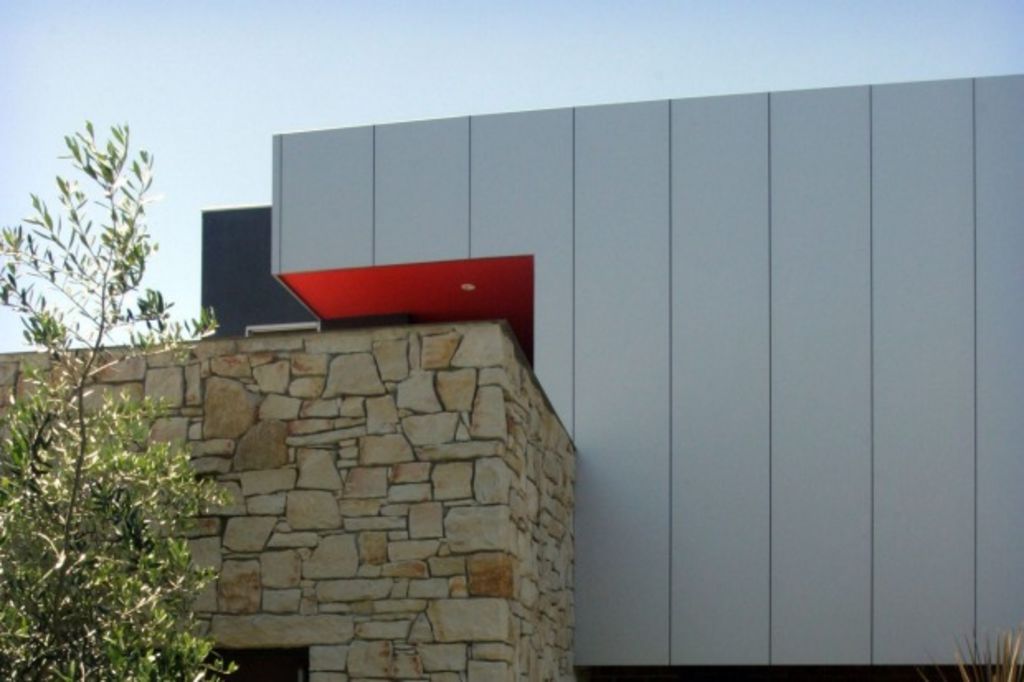
If you look at any modern public garden, office building, park or the entrance to a new housing estate there’s a very good chance you’ll see hundreds of native grasses. For many years native grasses were confined to natural or native bush gardens because they where considered messy or wild.
They have come a long way in the last 10 years. They can find a place in any style of garden from formal to cottage, minimalist to contemporary. And they don’t just look good, they reduce maintenance and raise the sustainability of our urban spaces.
I love that the softest of breezes can make grasses move and dance, bringing your garden to life. They are second-to-none as a bank binder to control soil erosion by forming a fine mat of roots keeping the soil where we want it.
They are still and always will be my go-to plants to use as fillers, level changers and ground covers that rarely need water, pruning or attention. They can fill a garden bed and reduce or eradicate weeds.
You will see them on roundabouts and speed humps where they get very little love and bake in the full sun next to hard surfaces like concrete and bitumen. Being native, they will survive in pretty ordinary soil with less water and chemicals than most other plants but if you want amazing results they will love even the littlest of care, water, food and sun.
Their natural shape and form make them attractive as individual specimens or as a mass planting.
We should all have some native grasses at home as they provide shelter, protection and are a source of food for lots of lizards, birds and frogs and this will help keep mozzies and pests under control.
Some of my favourites are the most common ones that are the easiest to grow:
- Lomandra longiflolia: Lomandra are probably my first choice because there are so many varieties that can work in different climates and conditions. My favourite is the very common ‘Tanika’. It grows to about 70 centimetres tall and wide. Nice, soft foliage with small yellow flower spikes.
- Dianella: These little grasses originate from all over Australia, New Zealand and Asia. They’re grown for their attractive foliage and blue and purple flowers and berries. My choice is ‘Little Jess,’ a small, compact variety with shorter runners or canes. It flowers from September until Christmas. Give it a new lease of life by cutting it back hard every few years.
- Kangaroo paws: Kangaroo paws range from 25 centimetres to two metres high. To reduce problems with black spot, cut them down to the ground after flowering to remove old foliage and dead flowers.
Whether you’re a keen gardener or a lazy one, native grasses have a place in your garden.
I know that native grasses are on trend at the moment but unlike hyper-colour T-shirts, they’re here for good.
We recommend
States
Capital Cities
Capital Cities - Rentals
Popular Areas
Allhomes
More
- © 2025, CoStar Group Inc.
